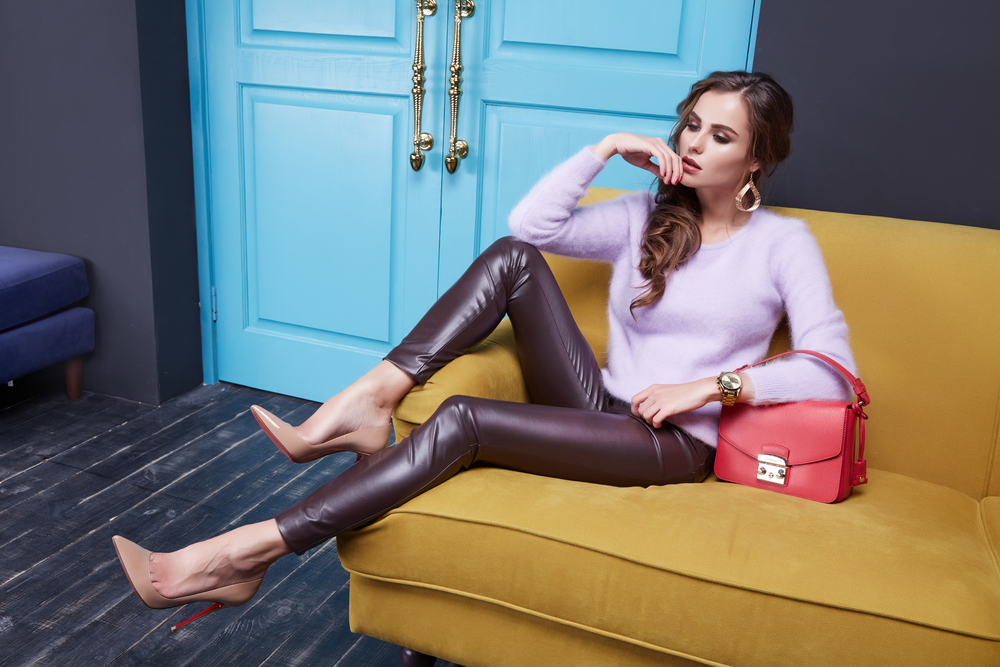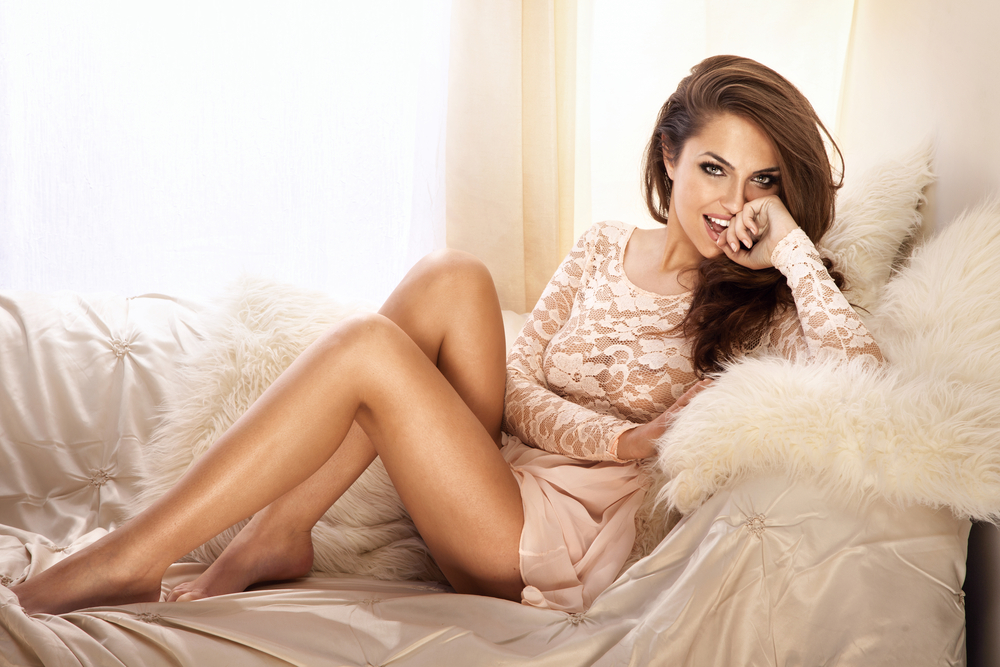
The Art of Modeling: Discovering the Power and Intricacies of the Fashion Industry in Photoshoots

The world of fashion is not just about clothing; it's about the art of self-expression, creativity, and showcasing beauty. At the heart of this industry lies the art of modeling . Models are considered the canvas for designers to bring their vision to life, and their work contributes to the magic we see on billboards, magazines, and runways. In this article, we will delve into the power and intricacies of the fashion industry through the lens of photoshoots and explore the artistry behind modelling .
Understanding the Role of Models in Fashion Industry
Models play a vital role in the fashion industry. They are the ones who enhance garments and accessories by adding life to them through their poses and expressions. A model understands the designer's vision and helps in presenting it to the world. They act as a vessel for the clothes, transforming a simple ensemble into a work of art. Through modeling, they showcase the aesthetic appeal and the sheer artistry that goes into creating each piece.
The Process of Modeling: From Concept to Execution
Photoshoots are where the magic happens. These sessions are carefully planned and executed to ensure that every aspect of the vision is captured. From selecting the perfect location, collaborating with makeup artists and stylists, to perfecting poses and expressions, every detail matters.
Models work closely with photographers, who capture their movements and expressions in a way that elevates the fashion being showcased. This requires a tremendous amount of skill, communication, and trust between the model and the photographer. The model must be adaptable, following the instructions given by photographers to effectively convey the desired message or emotion. The collaboration between the model and the photographer brings out the true essence of fashion and turns it into a visual masterpiece.
The Physical and Emotional Requirements of Modeling
Modeling is not just about striking a pose and looking pretty. It demands physical and emotional endurance. Models must maintain their physique, often adhering to strict diet and exercise routines to stay in shape. They are constantly under scrutiny, pressured to maintain an idealized image.
Emotionally, models must face rejection numerous times. Casting calls can be brutal, and even successful models experience their fair share of rejection. They must develop resilience and self-confidence to persevere in an industry that is known for its high competitiveness and ever-changing trends.
The Evolution of Diversity in Modeling
The fashion industry has been criticized in the past for its lack of diversity. However, in recent years, there has been a growing push for inclusivity, breaking traditional beauty standards, and celebrating diversity. The modeling industry has now become more inclusive, embracing models of different ethnicities, sizes, and ages. This shift in mindset has opened doors for aspiring models who don't fit into the stereotypical mold.
Frequently Asked Questions
1. What are the essential skills required to become a model?
To become a successful model, besides having a unique look, it is crucial to possess skills such as adaptability, professionalism, the ability to take direction, and a passion for the industry.
2. Are there any specific height or size requirements for models?
While there are certain standards in the industry, such as height requirements for runway models, the fashion industry is progressively moving towards inclusivity. Many successful models are breaking the traditional mold, celebrating body positivity and diversity.
3. How can one get into the modeling industry?
Building a modeling career usually involves creating a portfolio, seeking representation from a reputable agency, attending castings, and being dedicated to continuously improving your craft.
4. Is modeling a financially stable profession?
The financial stability in modeling can vary greatly. Established models can earn significant sums, but for those starting, it can take time to build a profitable career. Freelance models might have fluctuations in their income based on job availability.
5. Is age a barrier in the modeling industry?
The age limitations in the industry are also evolving with time. While the focus has traditionally been on young models, there is a growing demand for older individuals who can bring experience and a unique perspective to modeling.
In conclusion, modeling is an art form that fuels the fashion industry's creativity and brings designer's visions to life. Through photoshoots, models use their poses, expressions, and individuality to showcase the beauty and intricacies of fashion. The industry is evolving, fostering diversity and inclusivity, making way for aspiring models from all walks of life. The world of modeling is a captivating blend of artistry, skill, and self-expression, paving the way for the next generation of fashion icons.
Other useful resources
- https://en.wikipedia.org/wiki/Category:Modeling_agencies
- https://en.wikipedia.org/wiki/Category:Models_by_modeling_agency